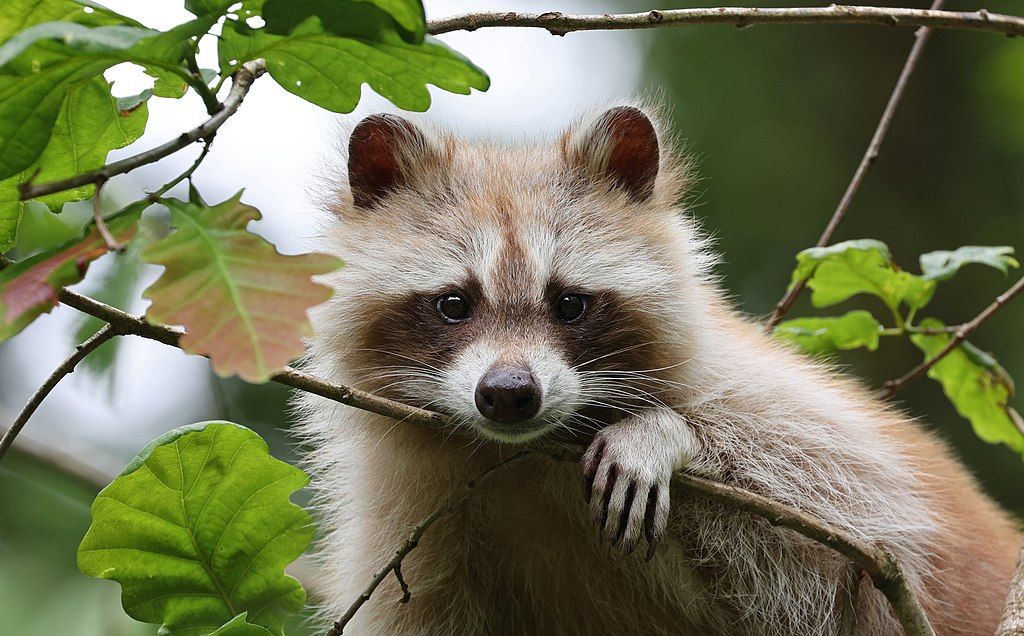
13 June 2023
When I saw a blue jay eating a baby bird in Schenley Park last week I jumped to the conclusion that jays are a huge threat to nesting birds … but are they? A 2016 analysis of 53 North American nest-predator studies, comprising more than 4000 camera-monitored nests, found that the top predators are far different than I expected. The biggest threat to a nest varies by region, habitat, the size of nesting adults, and the height of the nest.
Across the North American continent about 37% of nest predation is done by mammals, a combination of “mesopredators” (raccoons, foxes, squirrels) and rodents.
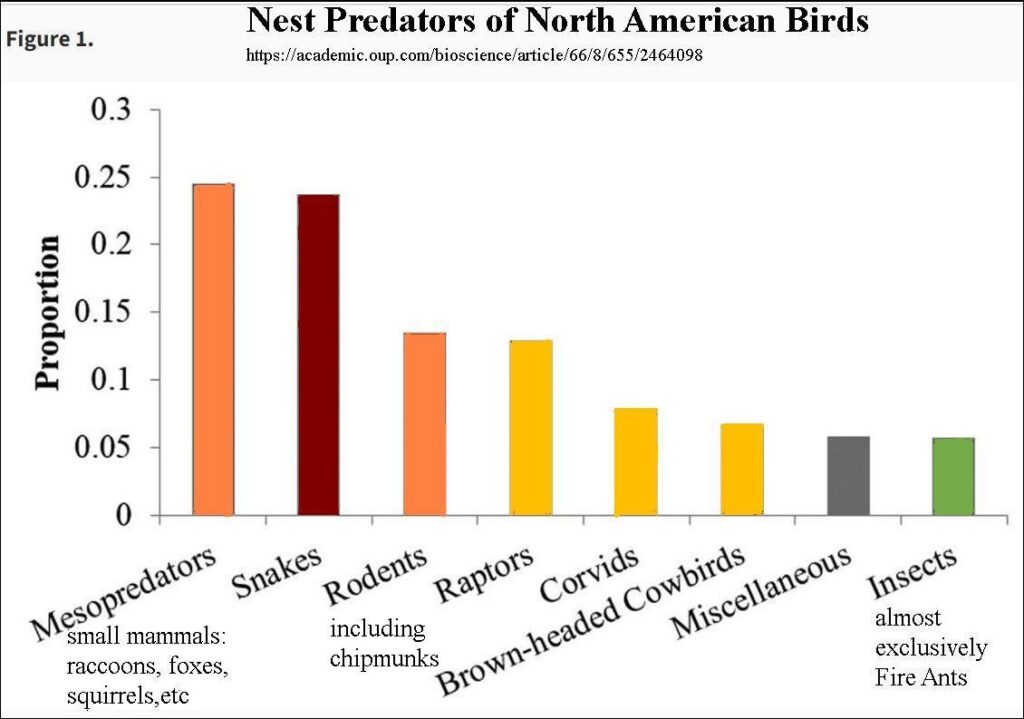
The most likely predator varies by region. Hot colors on the maps below indicate the top category of predators.
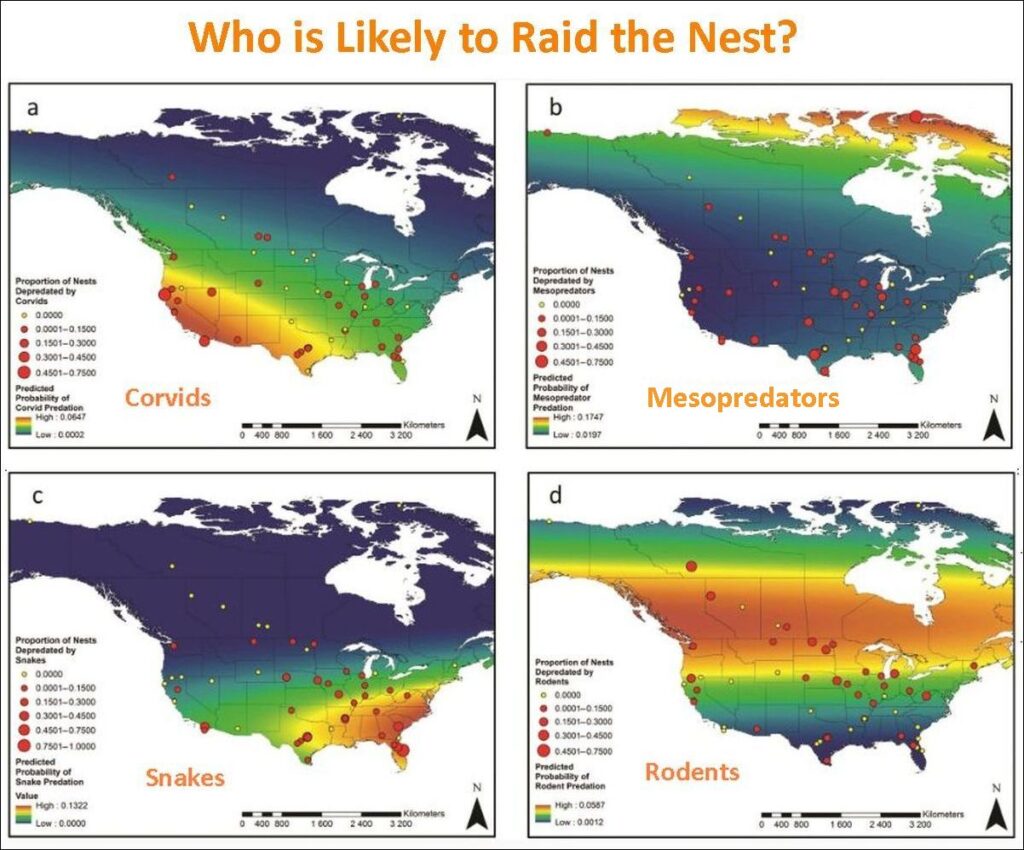
One of the 53 studies, published in 2007, listed predation counts by species in the continental U.S. Thompson et al’s top six nest predators are shown in the slides below.
Interestingly southwestern PA doesn’t have a single top predator because there are so many to choose from. Fortunately, even though predator richness is greatest at mid-latitudes (such as Pittsburgh), it is a poor predictor of predation probability.
So who’s one of the top nest predators in Pittsburgh? He’s looking at you (at top).
(photos from Wikimedia Commons, annotated maps and graphs from Nest Predators of North American Birds: Continental Patterns and Implications, DeGregorio et al, BioScience, August 2016)
(*) Perhaps this is The Revenge of the Mammals: When dinosaurs, birds’ ancestors, ruled the Earth they feasted on mammals, all of whom were tiny and hid underground. Now the tables are turned and small birds are at the mercy of mammals.
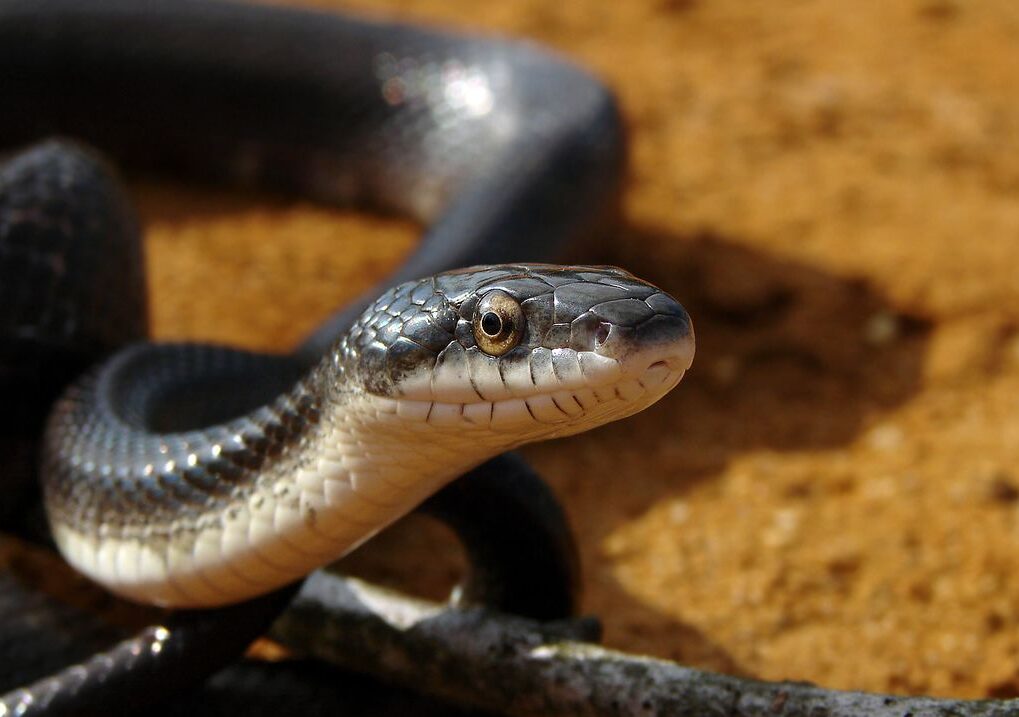
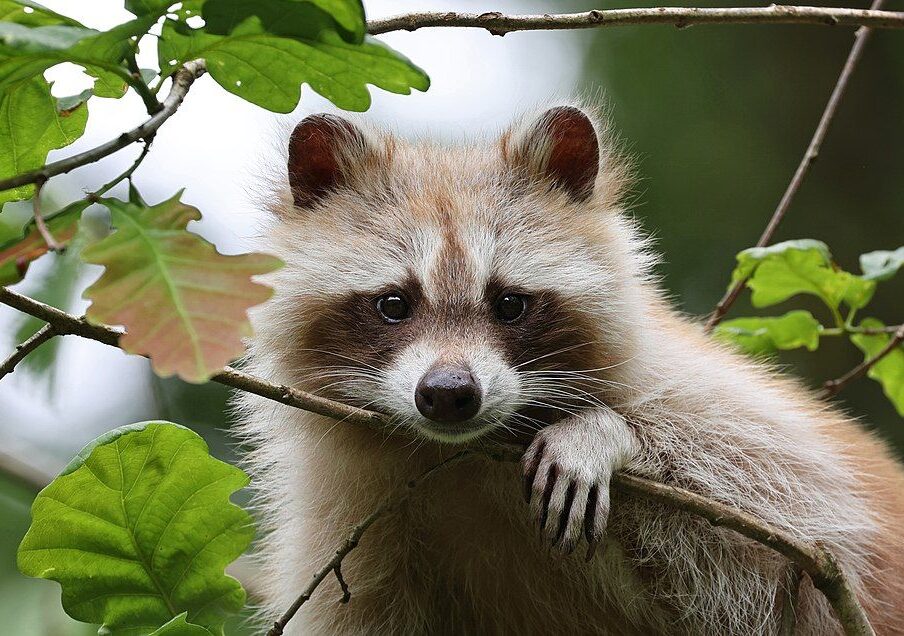
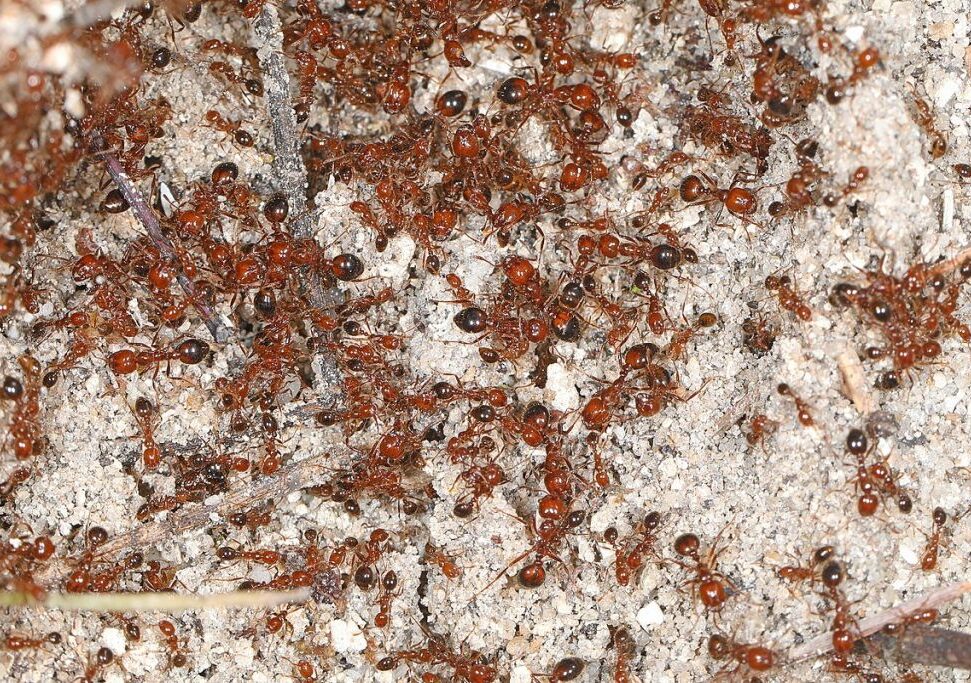
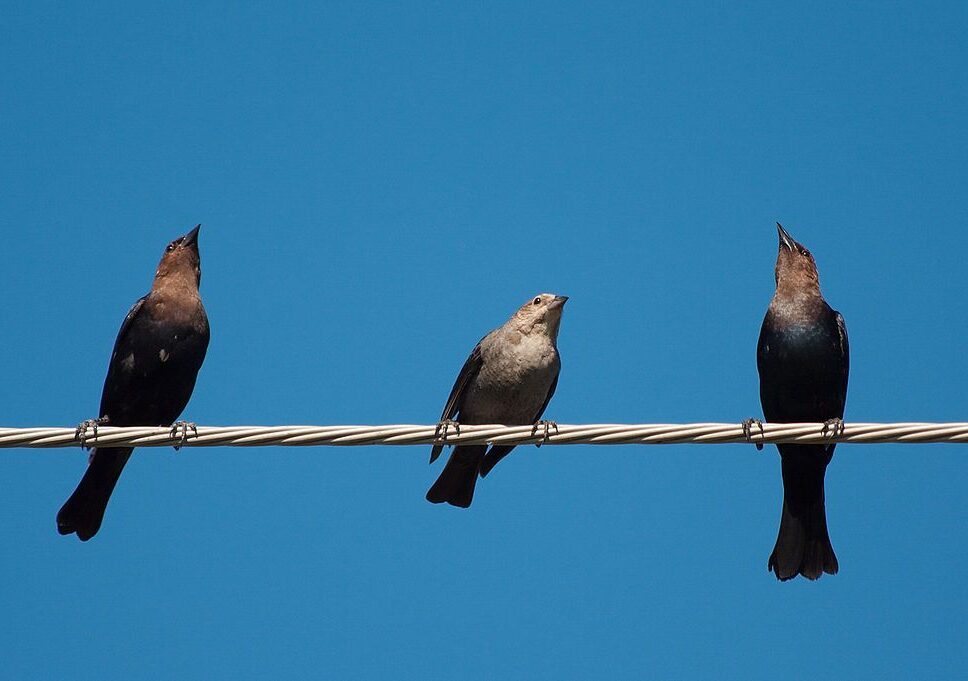
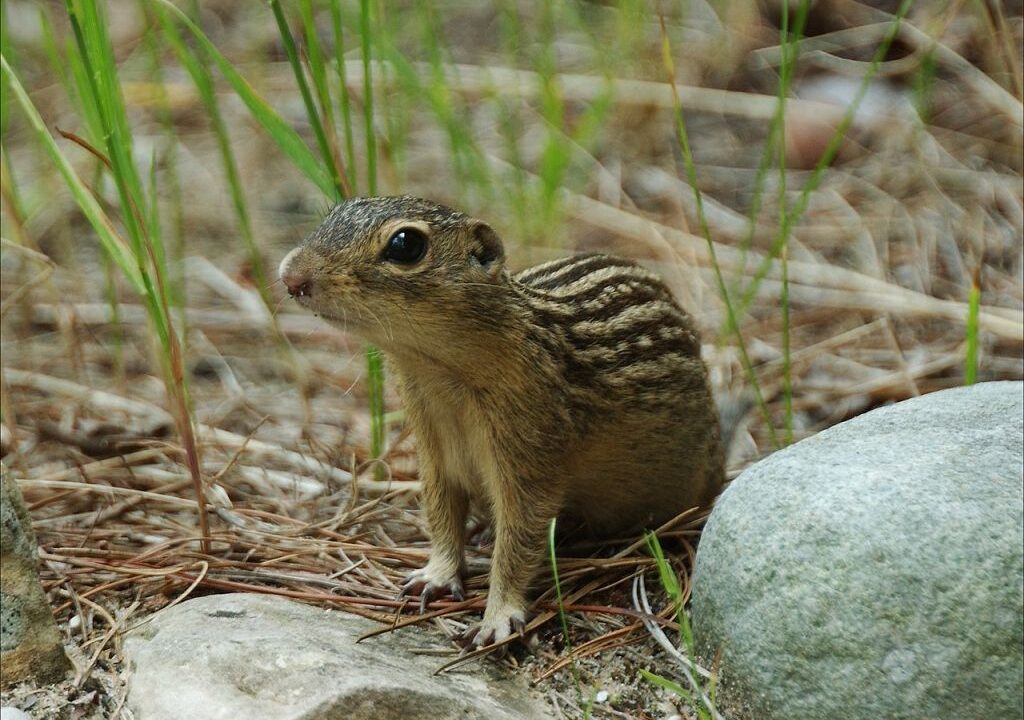
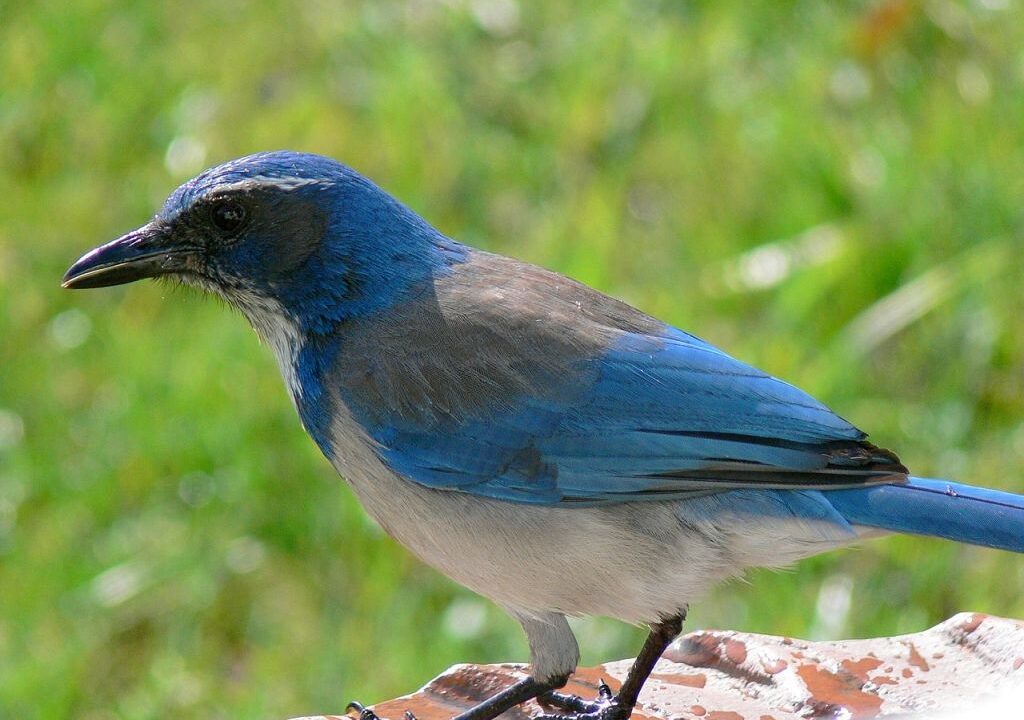
I remember the raccoon trying to get to the eagle’s nest at Hays